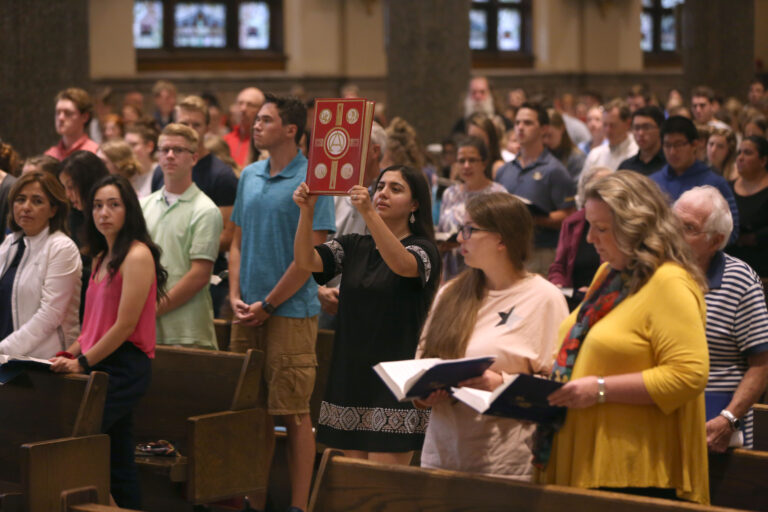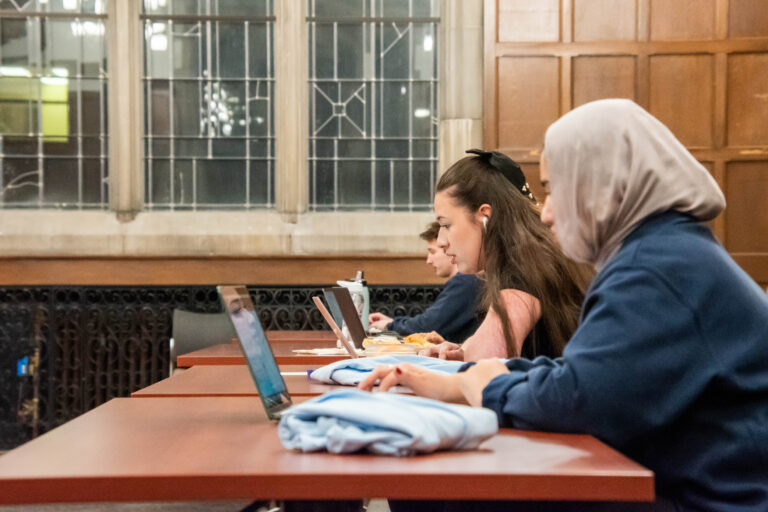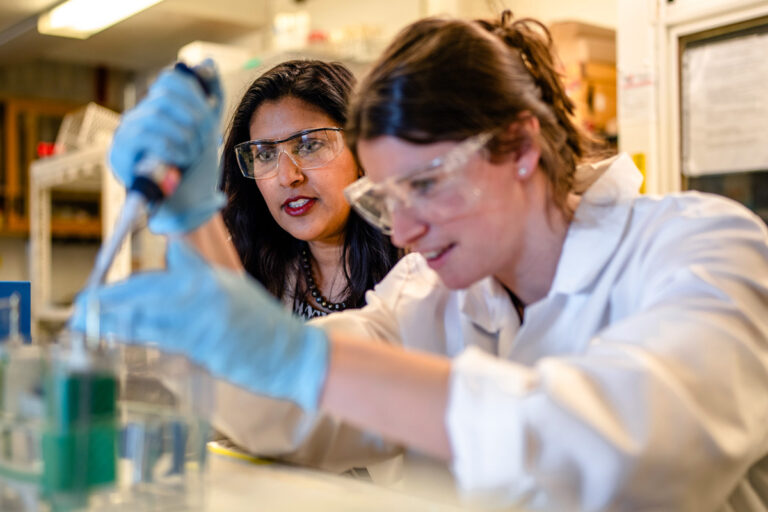In 2019, Marquette University launched a collaboration among major educational institutions in Milwaukee, including Marquette, the University of Wisconsin – Milwaukee, Milwaukee Area Technical College and Milwaukee Public Schools to support Black and Latino/a students from middle school through post-secondary education and beyond.
The BLEST (Black and Latino/a Ecosystem and Support Transition) Hub, as the collaboration is called, is based on the idea that Milwaukee is filled with great people doing meaningful work — but, unfortunately, the city lacks the intellectual space to catalog those efforts. More strategic connections are needed to bridge the various programs that support youth of color.
Dr. Gabriel Velez, assistant professor of educational policy and leadership in the College of Education, explains that these groups often work independently rather than collaboratively.
“One of the things that we found is that while Milwaukee has many groups looking to support Black and Latinx students, silos emerge from Milwaukee’s high segregation, political divides and dependance on funders,” Velez says. “Our role is to try and capture information about this ecosystem and then build connections and synergies to see where we can unite and break down these silos.”
The BLEST Hub is actively engaged in several outreach and research projects that can help create a better understanding of supports for youth of color.
Ecosystem map
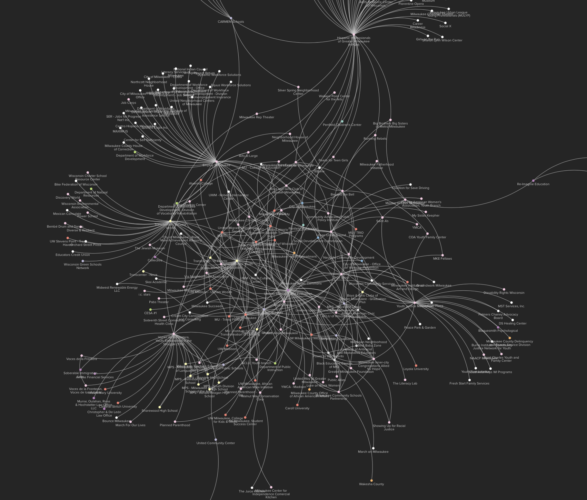
Among these is the BLEST Hub ecosystem map, an interactive map that provides an ecosystem-level visualization of Milwaukee’s support systems. It shows active support groups and nonprofits and the linkages to partners with whom they work.
“The main point of the map is to connect people with organizations that offer support. For example, if a high school student sees an organization they’re a part of on the map, they could see what other partnerships that organization has and get involved with those too,” says Saúl Lopez, a Marquette graduate student who is involved with the mapping project. “It’s a great tool for the public and is really interactive.”
Lopez says the ecosystem map has given him a new perspective on Milwaukee.
“The ecosystem approach allows us to shift our perspective from focusing on Milwaukee as one of the most segregated cities to a city with a lot of strengths and support for students. We recognize there is a lot of good work happening in this city,” Lopez says.
Lopez’ passion for the map project stems from his connection with Milwaukee and his childhood as a youth of color.
“For me, what really drives my work on this project is the humility and the love for Milwaukee,” he says. “I was born on the east side and raised on the city’s south side. Milwaukee has given me so much. This is a way for me to give back, understand Milwaukee from a different level, and talk to really amazing individuals doing amazing work in the community.”
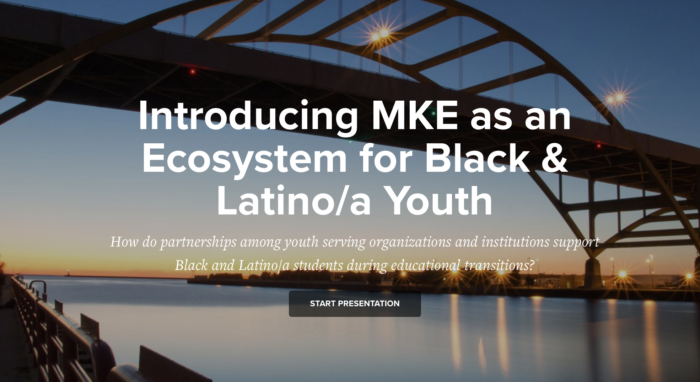
More than just a repository
In addition to creating an ecosystem view of Milwaukee’s support systems, the BLEST Hub also seeks to be a catalyst to help groups move forward in their work.
Its goal is for new groups that are attempting to bring resources to Milwaukee to use the BLEST Hub resources to discover ways to earn grants or show donors what’s happening throughout the city.
How students can get involved
Such large-scale projects require upkeep in an ever-changing ecosystem. Velez says the BLEST Hub is always looking for students to help them with research or community engagement, as well as provide helpful feedback on the hub’s work.
Undergraduate and graduate students who are interested in getting involved, seeking additional information or providing feedback should email Velez or Lopez.
